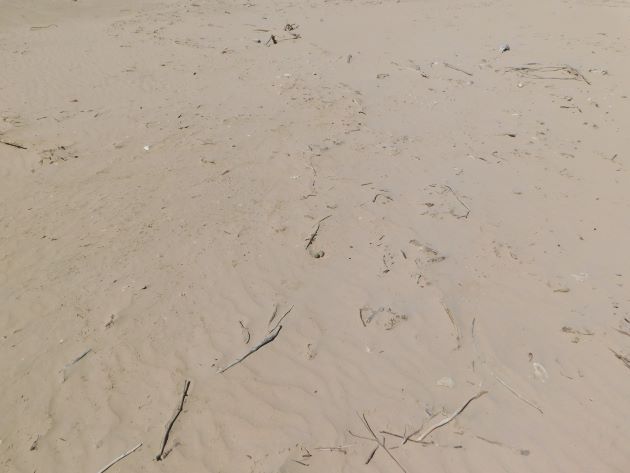
In Australia there are three populations of Little Tern. There are Little Terns that breed across the north of Australia, Little Terns that breed on the coast of eastern and south-eastern Australia and another population that visit at this time of year from Asia. The population of Little Tern that visit from Asia breed in Asia and visit Australia in their non-breeding months. On one occasion we were able to identify an individual Little Tern that had arrived in Broome from Taiwan at this time of year.
Little Terns like to breed in the same area of the northern end of Cable Beach that the Pied Oystercatchers use. One distinct difference in their nests is that you can’t follow the footprints to a Little Tern nest. Little Terns call out when you are in an area where they are nesting, but they drop from the sky onto their nests and leave very few footprints. This can be extremely problematic, because you know there is a nest somewhere due to the calling, but they are often hard to see and the best thing to do is to walk below the high tide mark. Shorebirds will not nest below the high tide mark and therefore it is the safest place to walk. I understand you may well not be able to see the nest clearly in the photo above and here is the same photo with it circled for reference.
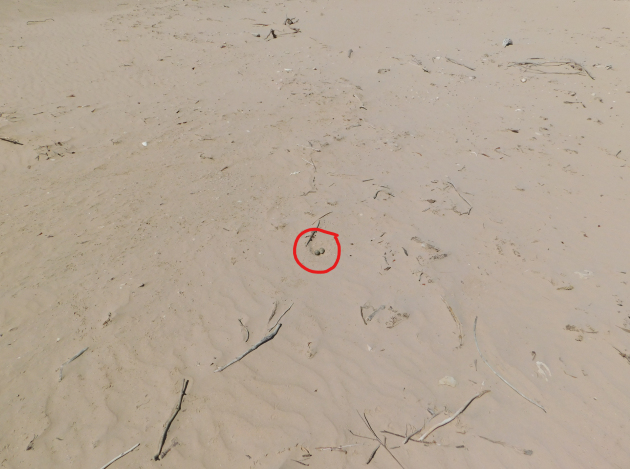
Little Tern nest
We noticed a strategy being used by the Little Terns that we have observed before with Pied Oystercatchers and Black-fronted Dotterels. The Little Terns were getting their breast feathers wet and then dropping back to the nest site. We could see there was a marker we could use to go by the nest from a distance and establish if they were cooling eggs or chicks. Once there was a change over of the adults leaving the nest we walked by to observe the nest site. The Little Terns had actually placed the two eggs near a small stick. This is something we often observe Pied Oystercatchers doing too along this section of beach. With so much of the beach looking the same, maybe they need a marker themselves!
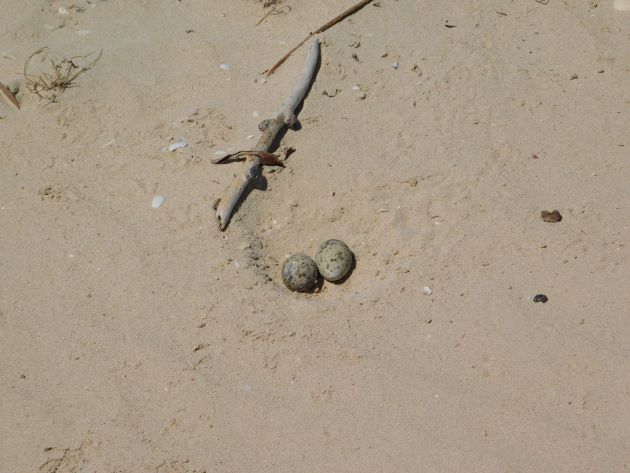
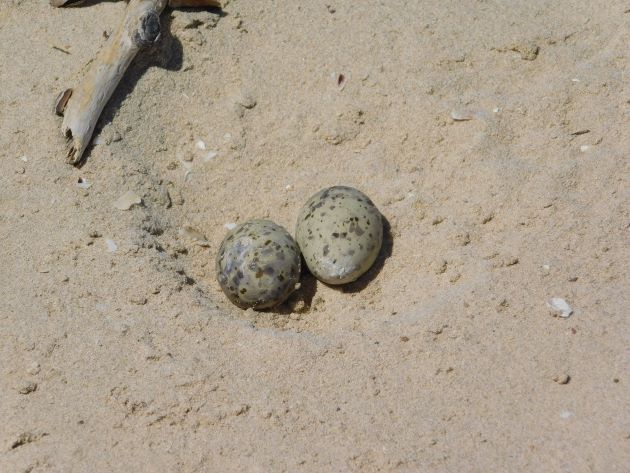

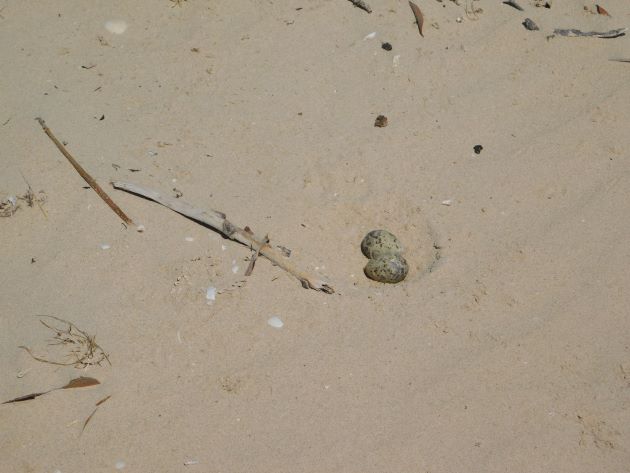
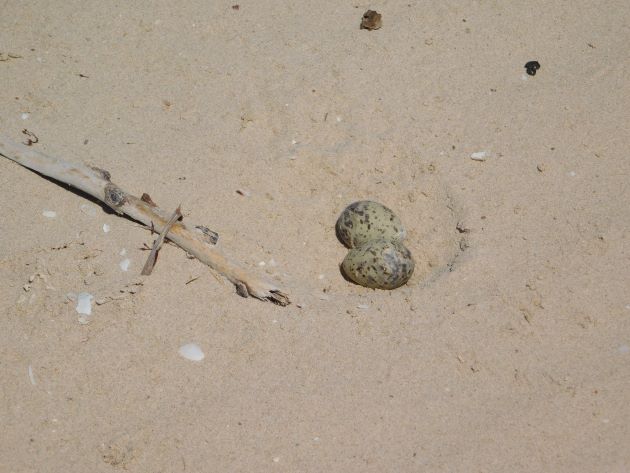
Little Tern nest
The nest is in a risky location due to some people finding the need to drive on our beaches, but we are hopeful it may survive. We can expect many more Little Terns to nest along the stretch of beach in coming weeks and hopefully the seas won’t be too rough or the nests may be inundated by the Indian Ocean.











Leave a Comment